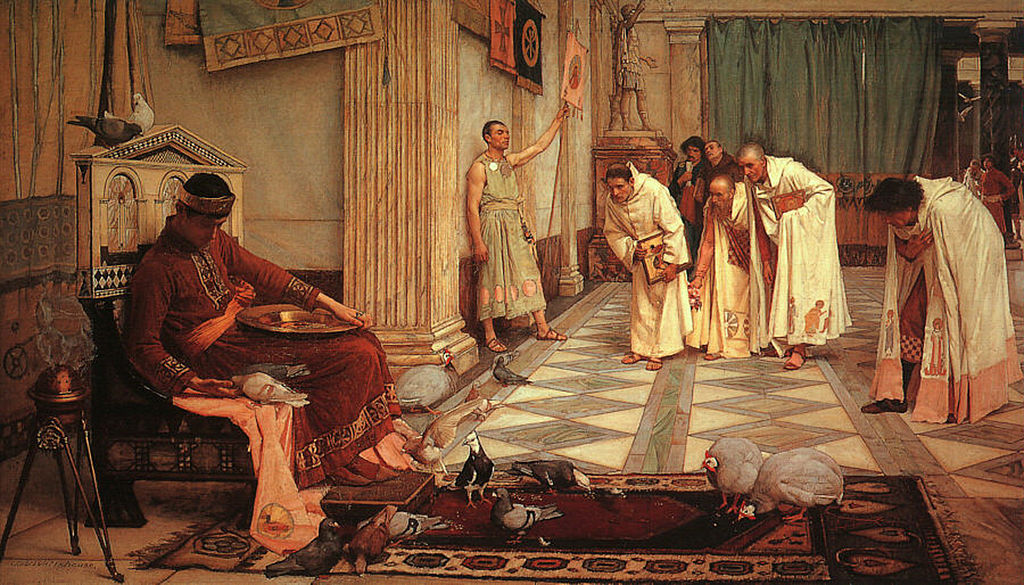New Threats to the Gospel After Suppression and Expansion
Reappraising the Christian Faith During Late Antiquity: AD 175-400.
Christian historian, Woodrow Walton, invites us to take another look at the early church and the struggles it faced as it emerged from the Apostolic Age and became the state religion of the crumbling Roman Empire. Part of The Gospel in History series.
What is attempted here is to reappraise the condition of the church as it spread the gospel of our Lord Jesus Christ in the years after the persecutions meted out to the Christians by Domitian and subsequent to the attacks made by critics of the gospel by both the powers that be and those of philosophical bent. This goes beyond the period of the first apologists of the faith, as for instance, Justin Martyr, and Tertullian, and extends into the period when the gospel had to face off the spiritualizing gnostic mentality which invaded the Mediterranean world out of Persia and beyond with the return of Roman forces after armed conflicts with Persian armies. The role that Irenaeus of Lyons had in his polemic Contra Haeresies (“Against Heresies”) was crucial for the future of the gospel.

“The Favorites of the Emperor Honorius” (1883) by John William Waterhouse.
Image: Wikimedia Commons.
The subversive effects of Gnosticism in both its Docetic (that the humanity Jesus or his material body was only an illusion) and non-Docetic forms and of esoteric pantheism were great. Syncretism during the reign of Alexander Severus was also challenged by the church’s leaders and apologists. Mithraism and syncretism returned with Roman soldiers from differing parts of the empire.
The Gospel of Jesus Christ also contended with eastern-type spiritualities coming out of Persia, India, and elsewhere. This writer argues that “Spirit,” as spoken of in the Bible, refers to the Personhood of God as revealed in the person and work of Jesus Christ. This stands in stark contrast to the way “spirit” is defined by the New Age spirituality of Marilyn Ferguson, pantheism, panentheism, the self-engrossed spiritualism of the Yoga practitioners, and the intuitive spirituality marketed by popularizers such as Tolle and Chopra. A contemporary defender of biblical spirituality against the mentalities of these teachers is Ravi Zacharias, particularly in his book Why Jesus?: Rediscovering His Truth in an Age of Mass Marketed Spirituality.
Irenaeus of Lyon and the Council of Carthage were right in rejecting the second, third, and fourth century Gnostic gospel forgeries.
Category: Church History, Fall 2016


